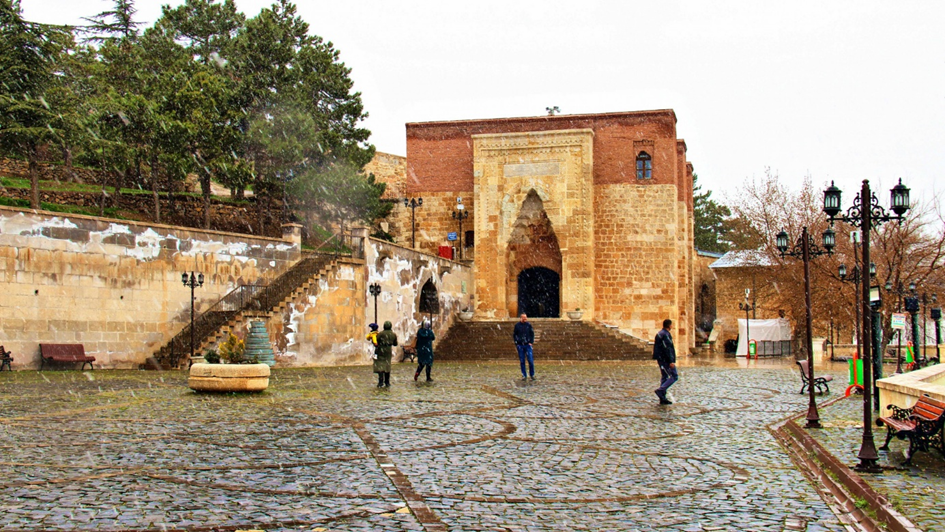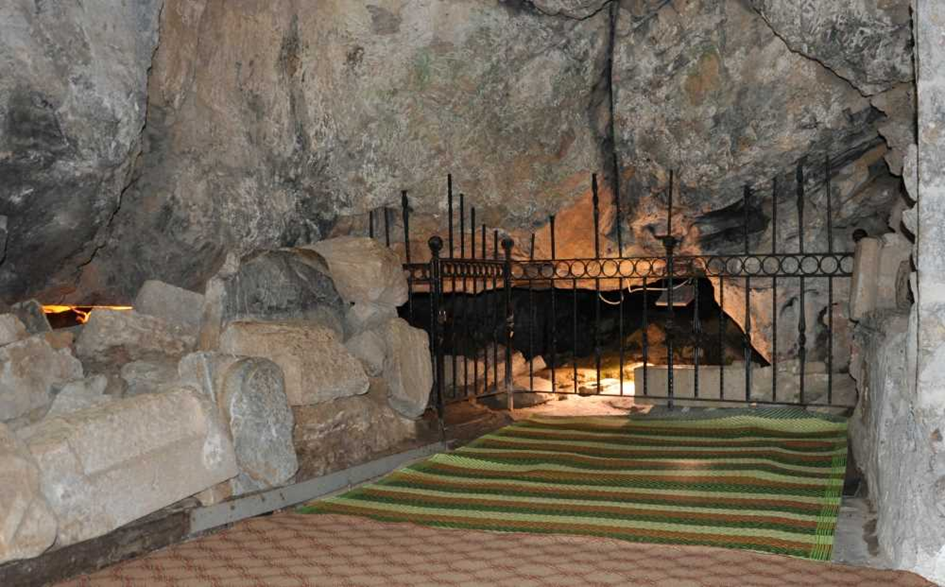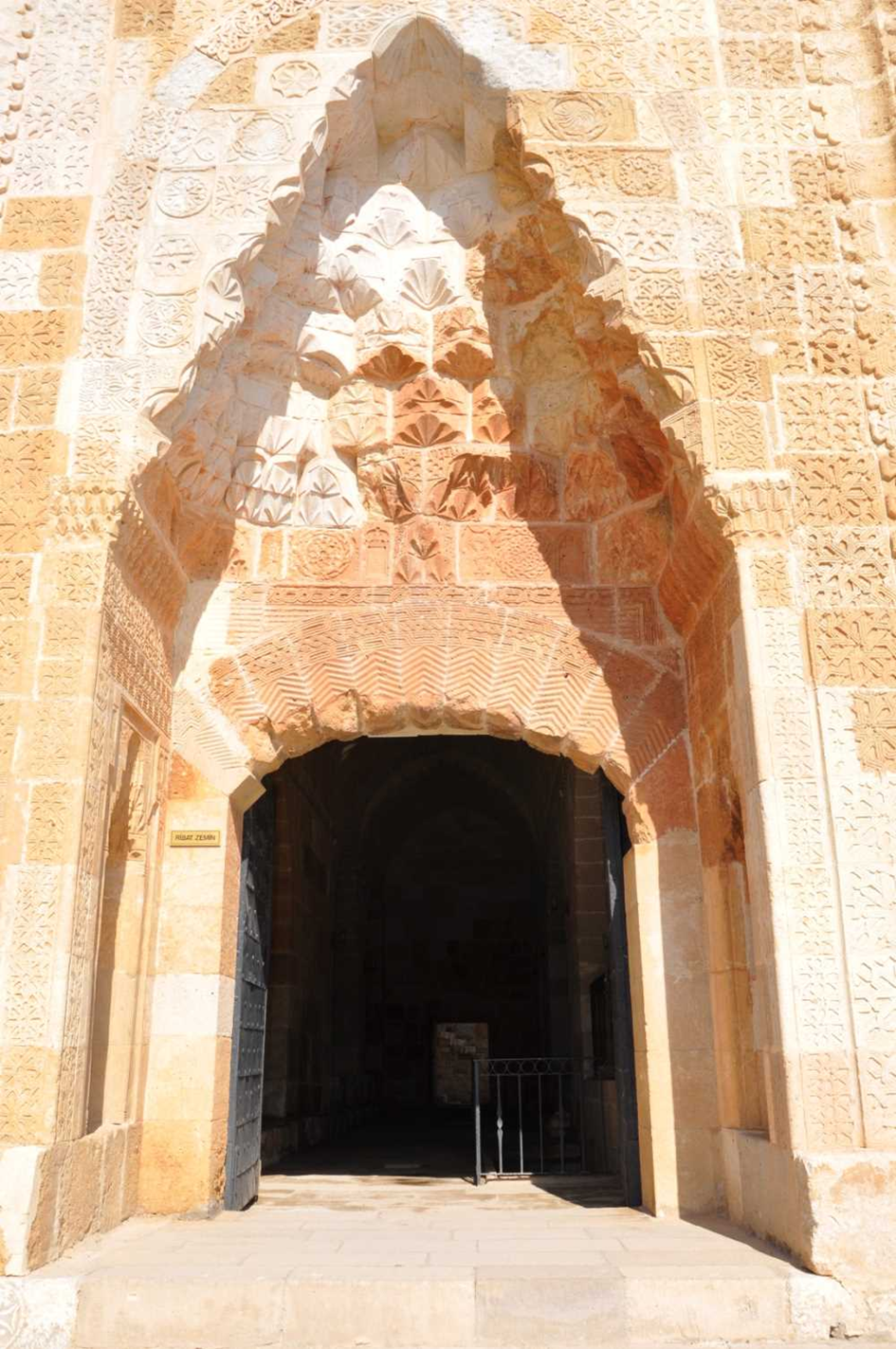Eshab-ı Kehf Complex is a historically and religiously important belief center located approximately 7 kilometers northwest of the Afşin district of Kahramanmaraş province, and was built around the area where seven young people known as Eshab-ı Kehf are considered to have slept in the cave. The complex has been considered sacred by Christian and Muslim communities throughout history.

Eshab-ı Kehf Complex (Kahramanmaraş Metropolitan Municipality)
Historical Background
The narrative of Eshab-ı Kehf first emerged in Christianity and then passed into Islamic culture. According to the legend, in 250 AD, seven young people and a shepherd, fleeing the oppression of the pagan Roman Emperor Dakyanus, took refuge in a cave with a dog, where they slept for many years and went beyond time. This event has found a place in the Christian world as the legend of the "Seven Sleepers", and in the Islamic world, it has turned into a narrative of religious and cultural importance by being included in the holy book with Surah Kehf.

Eshabı Kehf Cave (Turkiye Culture Portal)
Development of Complex Buildings
The complex consists of a collection of buildings built around the cave in different periods of time. It is known that the first building was a church built during the reign of the Eastern Roman Emperor Theodosius II (408-450), this building was called "Jesus Masjid" and turned into ruins over time.
Between 1215-1234, during the Anatolian Seljuk period, the Emir of Maraş, Nusret al-Din Hasan Bey, had new structures built in harmony with the cave using the existing church materials. These structures include a mosque, a ribat (military accommodation structure) and a khan (commercial accommodation structure).
A madrasah was added to the complex during the Dulkadir Principality period between 1480-1492. In 1500, a masjid for women was built by Şems Hatun. In 1531, Pasha Çardağı was added to the complex during the Ottoman period.
Architectural Features
The complex is a collection of buildings where architectural styles of different periods can be seen together. The buildings are positioned in accordance with the natural form of the cave. Structures such as the church, mosque, ribat, inn, madrasah, women's masjid and Pasha Çardağı have become elements that complement the complex with their functional differences. Thanks to these structures , the complex assumed the functions of religious worship as well as education, accommodation and socialization.
Religious and Cultural Importance
The complex has a special position because it is located in a place that is considered to be home to the Eshab-ı Kehf event, which is considered sacred in Christianity and Islam. The belief that the cave mentioned in Surah Kehf of the Holy Quran is in this region has been supported by different scholars and researchers throughout history. In addition, the fact that children are commonly given the names of the seven young people who are rumored to have slept in the cave among the local people shows that the event continues its vitality in the folk memory.

Eshabı Kehf Complex Entrance (Turkiye Culture Portal)
Current Situation
Eshab-ı Kehf Complex was included in the UNESCO World Heritage Tentative List in 2015. The region is registered as a first degree archaeological and natural protected area. As a result of the restoration and protection works carried out in and around the complex, the building group has been made open to visitors. Afşin Eshab-ı Kehf Complex is an important destination for both religious and cultural tourism.


